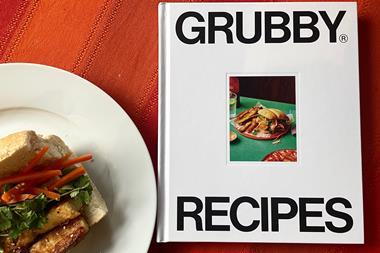The boardroom of Britain’s largest retailer is probably a cold and mirthless place at the moment. The temperature can hardly have improved with the much-vaunted relaunch of its 20-year-old Value brand last week going down like a damp squib, causing its share price to edge down still further.
The strategy behind the 550- range of 550 products is given in its new name - Everyday Value. The refreshed packaging gives the range a commodity feel, yet many lines have perforce been improved in quality, no doubt cutting margins. It feels like little more than a reactive brand refresh to restore share. In today’s environment, shoppers get Waitrose quality at Tesco prices and Tesco quality at Asda prices.
Of all the major retailers, Tesco historically has shown enormous consumer empathy. It was rooted in deep consumer insight, supported by a strong trading philosophy. It used to be famous for its category-leading retail marketing principles.
While a strapline is not a strategy, the service mantra of ‘Every Little Helps’ and the clear price and quality architecture embodied in the ‘Good, Better, Best’ positionings made the Tesco name synonymous with keen prices and a positive shopping experience, though I suspect not of quality.
Tesco for years achieved the retailer unholy trinity of marketing activity loved by consumers, aggressive trading hated by suppliers, and the provision of attractive returns to shareholders.
Today everyone suspects something is not right at Tesco. There is a sniff of arrogance in the air reminiscent of the old M&S days pre-Rose. Has it lost the golden marketing touch and allowed pure trading to dominate? What is it famous for now? Certainly not an explicit consumer-orientated strategy.
There are disturbing visible signs: the first profits warning in 20 years; a senior team in disarray as a result of dysfunctional succession planning; Fresh & Easy in the US not yet breaking even; the failure of recent price cuts to work; an ever-growing range of apparently non-core dissociated services; and stores awash with offers.
Is it trying to be all things to all men? Has it lost focus on the shopper and complacently moved from ‘sell to tell’?
Everyday Value may well exacerbate Tesco’s problems. If it has had to increase the quality of this range to compete, does this mean they will have to do the same across the standard and Finest ranges to maintain differentiation? This will, of course, have a deleterious effect on margins. If not, the risk is that Tesco’s own brand pricing and quality architecture will be caught in the dangerous ‘mushy middle’.
What everyone wants to see is an organised senior management putting its efforts behind a focused strategy based on new shopper insights upon which Tesco will build its future competitive position. If the expected announcement next week is just one of a strategic review and not a new competitive stance based on a differentiated consumer strategy, watch the share price suffer again. If things do not improve soon, Cheshunt may well experience a state of permafrost.



















No comments yet